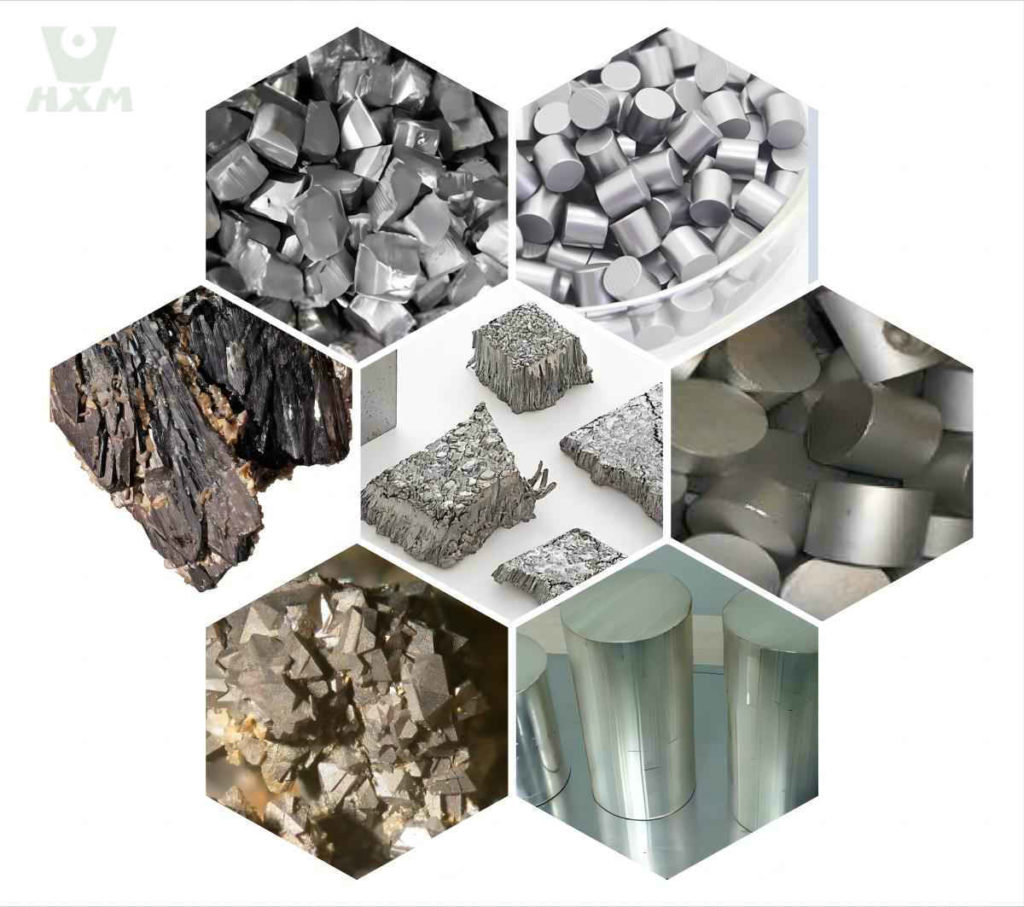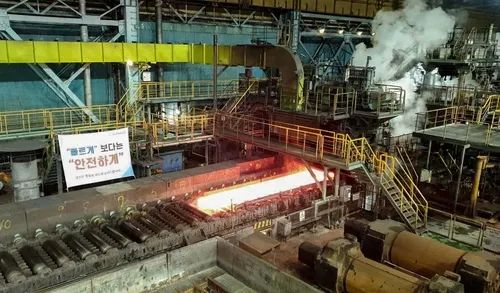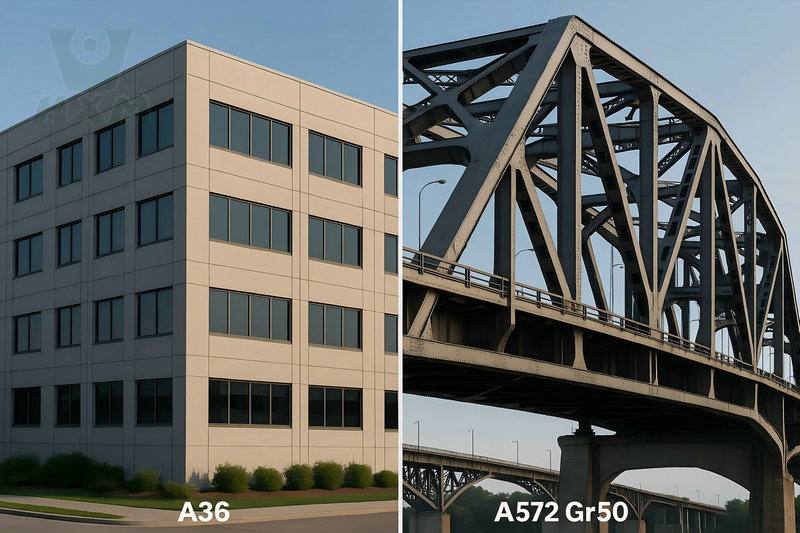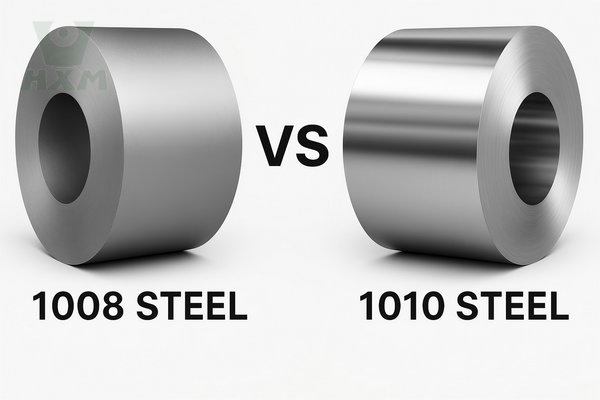Metal is an important class of raw materials, widely used in industrial production and daily life. Among all metals, non ferrous metals are a particularly important class of metals. They are used in a wide variety of industries including construction, electronics, automotive, aerospace, and medical. But what are non ferrous metals? Which metals are non-ferrous metals? These questions can confuse many people.
Definition and Classification of Non Ferrous Metals
What are Non Ferrous Metals
Non-ferrous metals refer to metals that do not contain iron elements but have certain electrical conductivity, thermal conductivity, ductility, and plasticity. Their colors are usually gold, silver, yellow, red, green, etc. Unlike steel, non ferrous metals are not easy to rust and corrode and have higher specific strength and specific stiffness.
Classification of Non Ferrous Metals
According to the physical and chemical properties of metals, non-ferrous metals can be divided into two categories: common non ferrous metals and rare non-ferrous metals.
Common Non Ferrous Metals
Rare Non Ferrous Metals
The above is the definition and classification of non-ferrous metals. Understanding the definition and classification of non-ferrous metals can help us better understand their characteristics and application fields, and provide a basis for our subsequent articles.
Common Non Ferrous Metals
Common non-ferrous metals refer to the most widely used non-ferrous metals, including copper, aluminum, zinc, nickel, lead, tin, brass, etc. They have good electrical conductivity, thermal conductivity, plasticity and corrosion resistance, and are widely used in fields such as construction, electronics, machinery, automobiles, aerospace, and medical treatment.
A. Copper
B. Aluminum
C. Zinc
D. Nickel
E. Lead
F. Tin
G. Brass
The above is the introduction of common non-ferrous metals.
Rare Non Ferrous Metals
Rare non-ferrous metals refer to relatively rare non-ferrous metals, including tungsten, zirconium, tantalum, niobium, lithium, cobalt, indium, gallium, indium, gallium, beryllium, etc. They have unique physical, chemical, and mechanical properties, and have a wide range of applications in high-tech fields, electronics, semiconductors, and medical care.
A. Tungsten
Tungsten is a high melting point, high density, corrosion-resistant metal with high hardness, high strength, and high-temperature stability. It is widely used in aerospace, military industry, petroleum and chemical industry, and other fields.
B. Zirconium
Zirconium is a metal with good corrosion resistance, high strength, and high-temperature stability. It is widely used in fields such as nuclear energy, the chemical industry, medical treatment, and aerospace.
C. Tantalum
Tantalum is a metal with a high melting point, high hardness, corrosion resistance, and good machinability. It is widely used in fields such as electronics, aerospace, semiconductor, and medical treatment.
D. Niobium
Niobium is a metal with a high melting point, high hardness, corrosion resistance, and good machinability. It is widely used in fields such as electronics, aerospace, semiconductor, and medical treatment.
E. Lithium
Lithium is a metal with good electrical and thermal conductivity and low density. It is widely used in the battery, chemical, and medical fields.
F. Cobalt
Cobalt is a metal with a high melting point, high hardness, and corrosion resistance. It is widely used in fields such as aerospace, medical treatment, electronics, and petroleum.
G. Indium, Gallium, Beryllium
Indium, gallium, and beryllium are extremely rare metals with good electrical conductivity, optical properties, and semiconductor properties. They are widely used in the fields of electronics, optoelectronics, and semiconductors.

The above is the introduction of rare non-ferrous metals. These rare non-ferrous metals play an important role in high-tech fields and various industrial applications, so understanding them can help you use non-ferrous metals.
Non-Ferrous VS Other Metals
Non-ferrous metals differ significantly from other metals in many ways, including material properties, processing, application fields, etc.
A. Material Properties
Non-ferrous metals generally refer to metals other than iron and steel, and their common feature is good electrical conductivity, thermal conductivity and ductility. Other metals such as iron and steel have higher strength, hardness, and toughness.
B. Processing
Since non-ferrous metals are generally softer and easier to work with than other metals, different processes and techniques are required in the manufacturing process. For example, aluminum and copper are usually processed by rolling, extruding, and drawing, while steel is more suitable for forging and quenching.
C. Field of Application
Non-ferrous metals are widely used in the fields of electronics, aerospace, construction, transportation, metallurgy and chemical industry. Their good electrical and thermal conductivity and plasticity make them ideal for cables, pipes, alloys, and construction materials. Other metals such as steel and iron are more suitable for automobiles, machinery, construction and ships because of their higher strength and toughness.
D. Environmental Impact
Non-ferrous metals generally have higher corrosion resistance and oxidation resistance, so they are more durable than other metals in some special environments. In addition, many non-ferrous metals such as copper, aluminum, zinc, etc. can be recycled and reused with less impact on the environment. Other metals such as steel and iron are more prone to rust and corrosion, causing greater pressure on the environment and resources.
In short, non-ferrous metals are significantly different from other metals in many ways. Although their properties and fields of application are different, they all play vital roles in modern industry and technology.

Conclusion and Summary
This article introduces the definition, classification, common types, and rare types of non-ferrous metals, and compares the differences between non-ferrous metals and other metals in terms of material properties, process treatment, application fields, and environmental impact. From these different analyses the following conclusions and conclusions can be drawn:
Non-ferrous metals refer to metals other than iron and steel, including copper, aluminum, lead, zinc, nickel, tin, gold, silver, etc.
Non-ferrous metals usually have good electrical conductivity, thermal conductivity, and ductility, and are suitable for electronics, aerospace, construction, transportation, metallurgy, and chemical industries.
Rare non-ferrous metals have high special functions and use value, such as tungsten, molybdenum, rhenium, zirconium, etc.
Compared with other metals, non-ferrous metals have different characteristics and application areas. Non-ferrous metals are softer and easier to process, and are more suitable for making cables, pipes, alloys, and building materials, etc.; while other metals such as steel and iron are more suitable for automobiles, machinery, construction, and shipbuilding because of their higher strength and toughness.
Non-ferrous metals generally have higher corrosion resistance and oxidation resistance, can be more durable in some special environments, and can be recycled and reused with less impact on the environment.
Non-ferrous and other metals play a vital role in modern industry and technology.
To sum up, understanding the definition, classification, and characteristics of non-ferrous metals is very important for engineers and technicians, material scientists, and manufacturing companies, because this knowledge can help them choose suitable metal materials and manufacturing processes to meet different needs and applications Scenes.







